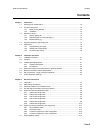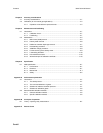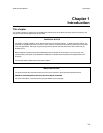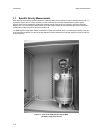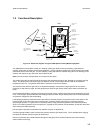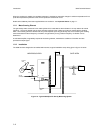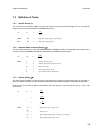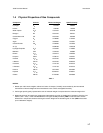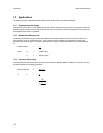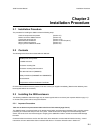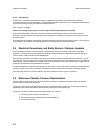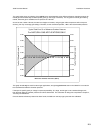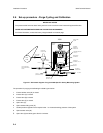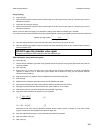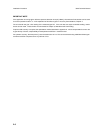
3098 Technical Manual Introduction
1-7
1.4 Physical Properties of Gas Compounds
Compound Formula Molecular Weight Specific Gravity
Hydrogen H
2
2.01594 .069600
Helium He 4.00260 .138189
Water Vapour H
2
O 18.01534 .621976
Nitrogen N
2
28.01340 .967157
Carbon Monoxide CO 28.01055 .967058
Oxygen O
2
31.99880 1.104752
Argon Ar 39.94800 1.379197
Carbon Dioxide CO
2
44.00995 1.519435
Air (3) - 28.96469 1.000000
Hydrogen Sulphide H
2
S 34.07994 1.176603
Methane CH4 16.04303 .553882
Ethane C
2
H
6
30.07012 1.038165
Propane C
3
H
8
44.09721 1.522447
i-Butane C
4
H
10
58.12430 2.006730
n-Butane C
4
H
10
58.12430 2.006730
i-Pentane C
5
H
12
72.15139 2.491012
n-Pentane C
5
H
12
72.15139 2.491012
Hexane C
6
H
14
86.17848 2.975294
Heptane C
7
H
16
100.20557 3.459577
Octane C
8
H
18
114.23266 3.943859
Table 1
NOTES:
1. Based upon 1961 atomic weights, referred to Carbon-12 Isotope (12 AMU), recommended by the International
Commission of Atomic Weights and the International Union of Pure and Applied Chemistry.
2. Perfect gas specific gravity represents the ratio of molecular weight of compounds to the molecular weight of air.
3. Molecular weight of air based upon components of atmospheric air given in Handbook of Chemistry & Physics, 53rd
Edition (1972 - 1973). Value of 28.96469 differs from figure 28.966 provided by NBS Circular 564 due to minute
differences in component content and changes in atomic weights of the elements given in 1961 (NBS value based
upon 1959 atomic weights).



